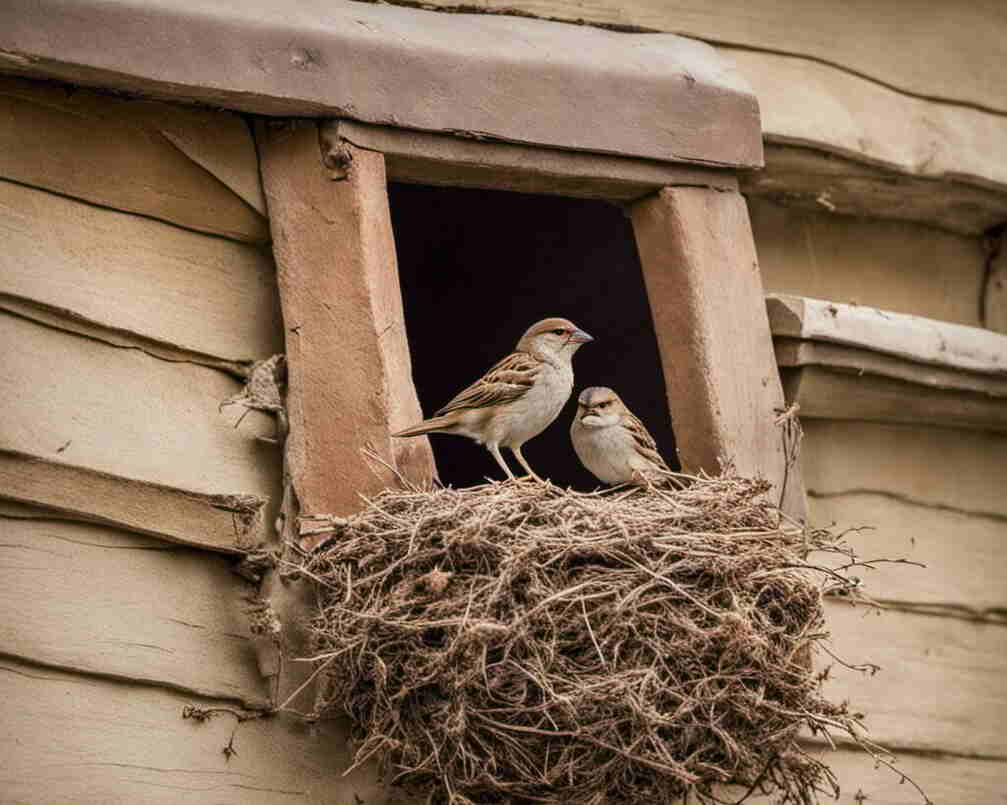Discovering birds nesting in your house walls can be overwhelming. Not only do they cause noise and potential structural damage, but they can also create health hazards due to droppings and debris. Fortunately, there are effective bird removal techniques and bird control methods that U.S. homeowners can use to solve this problem.
In this article, we’ll explore different solutions for getting birds out of your house walls. Whether you want to tackle the problem on your own or hire professional services, we’ll provide you with guidance to help you achieve a bird-free home.
Table of Contents
- 1 Key Takeaways
- 2 How To Get Birds Out Of House Walls
- 3 Understanding the Problem: Birds Nesting in House Walls
- 4 DIY Bird Exclusion Methods
- 5 Professional Bird Removal Services
- 6 Bird Deterrents and Repellents
- 7 Addressing Nesting Sites and Entry Points
- 8 Tips for Maintaining Bird-Free House Walls
- 9 Legal Considerations for Bird Removal
- 10 Conclusion
- 11 FAQs: How To Get Birds Out Of House Walls
- 11.1 What are some effective solutions for getting birds out of house walls?
- 11.2 Why do birds choose to nest in house walls?
- 11.3 What are some DIY bird exclusion methods?
- 11.4 When should I consider hiring professional bird removal services?
- 11.5 What are some bird deterrents and repellents that can help keep birds away from house walls?
- 11.6 How can I address nesting sites and entry points to prevent birds from nesting in house walls?
- 11.7 What are some tips for maintaining bird-free house walls?
- 11.8 Are there any legal considerations for bird removal?
- 12 Author
Key Takeaways
- Bird removal techniques and bird control methods can help U.S. homeowners get birds out of their house walls.
- DIY bird exclusion methods and professional bird removal services are available options for bird control.
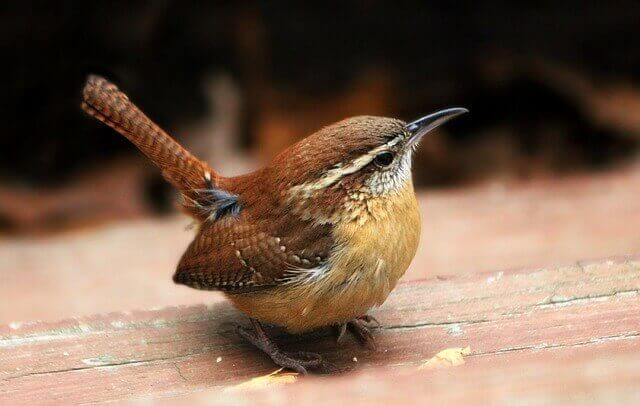
How To Get Birds Out Of House Walls
Having birds trapped inside the walls of your house can be a frustrating and potentially hazardous situation. To get them out, it’s important to identify their location and try to create an escape route through open doors or windows.
If that doesn’t work, using sounds and light can help guide them towards the exits. If all else fails, it’s best to call a professional wildlife removal service to safely and effectively remove the birds from your walls.
Understanding the Problem: Birds Nesting in House Walls
It can be a frustrating and potentially damaging situation when birds nest in your house walls. This can lead to structural damage, as well as noise and potential health hazards due to the accumulation of droppings and debris. Understanding why birds choose to nest in walls is a crucial step in preventing future infestations.
Typically, birds will choose to nest in wall cavities that provide a secure and protected environment. They are attracted to the warmth and safety that the space provides, as well as the easy access to food sources such as insects and plants. It’s important to note that some bird species, such as starlings and house sparrows, are more likely to nest in house walls than others.
To prevent birds from nesting in your walls, it’s important to address any potential nesting sites and entry points. This can involve sealing gaps and holes that provide access to the wall cavity, as well as removing any debris or clutter that could attract birds.
If you already have birds nesting in your house walls, it’s important to remove the nests as soon as possible to prevent further damage. However, it’s crucial to do so in a humane manner that doesn’t harm the birds or cause unnecessary stress. Proper bird nest removal techniques involve waiting until the birds have left the nest, then removing it and sealing the entry point to prevent future infestations.
Overall, understanding the reasons why birds nest in house walls and taking proactive steps to prevent and remove nests is crucial in maintaining the integrity of your home and ensuring the safety of you and your family.
DIY Bird Exclusion Methods
If you’re interested in taking on the bird removal yourself, there are several humane and effective methods you can use to exclude birds from your house walls. Keep in mind that it’s essential to ensure there are no baby birds present before proceeding with any of these methods. Leaving baby birds to die is inhumane and may attract predators to your property.
Note: As per the humane bird control methods, never attempt to harm or kill birds.
Step-by-Step Process of DIY bird exclusion
Important Tip: Wear appropriate personal protective equipment (PPE) such as gloves, masks, and safety glasses before proceeding with any of these methods to protect yourself.
- Identify the entry and exit points of the birds. You may observe the birds flying in and out of your house walls or listen to their chirping to locate their nesting sites.
- Once you have identified the entry and exit points, securely block the openings with bird netting, chicken wire, or bird spikes. Bird netting or chicken wire should cover the entire opening, secure with screws or nails and caulk any gaps to prevent birds from entering or escaping.
- Another option is to install bird spikes if the entrance and exit points are on the roof. Bird spikes are designed to prevent birds from landing on the surface, making nesting impossible.
- If there is a possibility of the birds nesting in the house wall cavities, you can create a one-way exit for the birds. You can attach a PVC pipe to the entry point, which will allow the birds to exit but prevent them from reentering. Inspect the pipe after a few days to ensure that all birds have left, then proceed to seal the entry and exit points.
These methods can certainly remove the birds from your house walls, but it’s essential to ensure that you don’t trap any birds inside the walls, which can lead to severe consequences and unsanitary conditions.
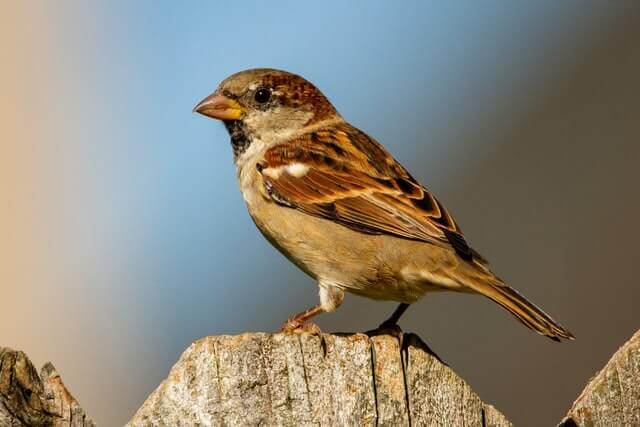
Professional Bird Removal Services
While DIY methods can be effective for some homeowners, others may require the assistance of professional bird removal services. These services have the expertise and equipment to safely and humanely remove birds from your house walls.
Professional bird removal services will begin by conducting a thorough inspection of your property to identify the type of bird and the extent of the infestation. They will then develop a customized removal plan tailored to your specific needs.
One of the benefits of hiring professional bird removal services is that they use humane methods to remove the birds. This includes using live traps, netting, and exclusion devices to safely capture and remove the birds from your house walls.
In addition to removing the birds, professional bird removal services can also provide preventative measures to ensure that birds do not return to your house walls. This includes identifying and sealing potential entry points and nesting sites.
It’s essential to choose a reputable and experienced bird removal service to ensure that the job is done safely and correctly. Be sure to ask for references and check for proper licensing and insurance before hiring a professional bird removal service.
Bird Deterrents and Repellents
Preventing birds from nesting in your house walls can be achieved through the use of bird deterrents and repellents. These products are designed to keep birds away from your property without causing harm to the birds.
One popular bird deterrent is the bird spike. These spikes are installed on ledges, gutters, and other surfaces where birds may perch, making it uncomfortable for them to land. Another effective bird deterrent is a visual scare, such as a plastic owl or snake. These products create the illusion of a predator, which scares the birds away.
Bird repellents work by emitting an unpleasant odor or taste that birds find unappealing. These repellents come in the form of sprays, gels, and granules, and they can be applied to surfaces or areas where birds may roost or nest.
It’s important to note that while bird deterrents and repellents can be effective, they may not work for all species of birds, and they may require frequent reapplication to maintain their effectiveness.
Addressing Nesting Sites and Entry Points
Identifying and addressing potential nesting sites and entry points in your house walls is crucial when attempting to get rid of birds. Birds are most attracted to areas with easy access to food and water sources, so it’s essential to address any leaks or standing water near your house. You should also ensure that any garbage or food waste is properly stored and disposed of.
Once you have addressed these potential food and water sources, it’s time to focus on sealing gaps and holes in your house walls. Birds can enter through even the smallest of gaps, so it’s important to pay close attention to every area of your house. Common entry points include vents, loose shingles, and damaged siding. You can use caulking or foam insulation to seal these gaps effectively.
For more significant holes, you may need to hire a professional contractor. Ensure any contractor you hire has experience working with bird exclusion methods and has received positive feedback from previous customers. Sealing entry points is pivotal in preventing future bird infestations and in maintaining the structural integrity of your house walls.
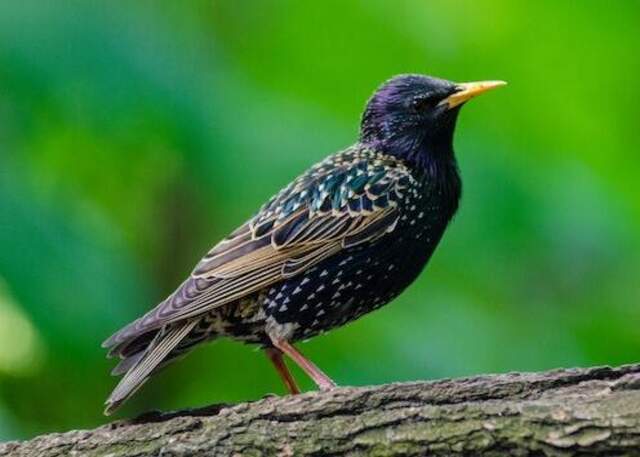
Tips for Maintaining Bird-Free House Walls
Now that you have successfully removed the birds from your house walls, it’s essential to maintain a bird-free environment. Here are some helpful tips on how to prevent future bird infestations and maintain the integrity of your house walls:
- Regularly inspect your house walls for signs of bird activity, such as nests or droppings.
- Address any gaps or holes in your house walls immediately and seal them off effectively.
- Clean up any spilled birdseed or other food sources that may attract birds.
- Trim back trees or other vegetation that is close to your house walls and may provide birds with a nesting site or entry point.
- Use bird deterrents, such as visual scare devices or sound emitters, to discourage birds from approaching your house walls.
By implementing these bird control methods and practicing proper maintenance, you can significantly reduce the likelihood of birds nesting in your house walls in the future.
Legal Considerations for Bird Removal
While it’s important to address bird infestations, it’s also essential to be aware of legal regulations regarding bird control. The Migratory Bird Treaty Act of 1918 protects most native bird species in the United States. This means that it is illegal to harm, take, or possess migratory birds, their nests, or their eggs without a permit.
It’s crucial to note that bird removal may require a permit, depending on the species of bird and the state you reside in. Before taking any action, we recommend contacting your state’s wildlife agency or a licensed bird removal service to ensure compliance with regulations.
It’s also important to avoid harming or killing birds during the removal process. Humane bird control methods, such as exclusion and repellents, should be utilized to ensure the birds are unharmed and can continue to contribute to the ecosystem.
In conclusion, before removing birds from your house walls, it’s important to research and adhere to legal considerations related to bird control. Utilizing humane bird control methods and consulting professionals can ensure compliance with the law while effectively addressing the issue.
Conclusion
Dealing with birds nesting in house walls can be a challenging and frustrating experience for U.S. homeowners. However, by following the solutions outlined in this article, you can effectively get birds out of your house walls and prevent future infestations.
First, understanding the problem and preventing birds from nesting in the first place is key. DIY bird exclusion methods and professional bird removal services are also effective solutions when dealing with bird infestations. Utilizing bird deterrents and repellents, addressing potential nesting sites and entry points, and practicing proper maintenance are also essential in maintaining a bird-free environment.
Legal Considerations for Bird Removal
It’s important to be aware of legal regulations related to bird control in the United States. Depending on the species of bird, federal and state laws may prohibit certain methods of bird removal or require permits for their removal. Be sure to research and comply with any applicable regulations.
Overall, with the right knowledge and tools, U.S. homeowners can successfully get birds out of their house walls and prevent future bird infestations.
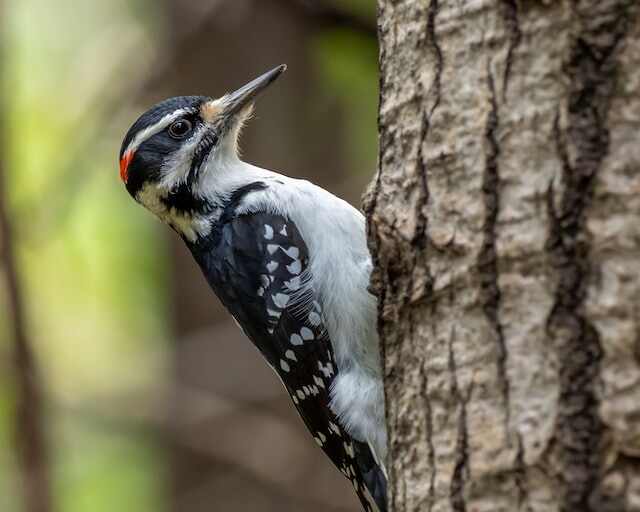
FAQs: How To Get Birds Out Of House Walls
What are some effective solutions for getting birds out of house walls?
Some effective solutions for getting birds out of house walls include DIY bird exclusion methods, hiring professional bird removal services, and using bird deterrents and repellents.
Why do birds choose to nest in house walls?
Birds choose to nest in house walls due to the shelter and protection they offer. However, this can lead to potential issues such as damage to the walls and potential health hazards.
What are some DIY bird exclusion methods?
Some DIY bird exclusion methods include sealing potential nesting sites and entry points, installing bird netting or spikes, and using visual deterrents like scare devices or reflective materials.
When should I consider hiring professional bird removal services?
If DIY methods are not effective or if the bird infestation is extensive, it may be necessary to seek the assistance of professional bird removal services. They have the expertise and equipment to safely and effectively remove birds from house walls.
What are some bird deterrents and repellents that can help keep birds away from house walls?
There are various bird deterrents and repellents available, including ultrasonic devices, bird spikes, bird gel, and visual deterrents like scarecrow replicas or predator decoys.
How can I address nesting sites and entry points to prevent birds from nesting in house walls?
It’s important to identify and seal any potential nesting sites and entry points in house walls. This can be done by filling gaps and holes, repairing damaged areas, and ensuring proper ventilation.
What are some tips for maintaining bird-free house walls?
To maintain a bird-free environment, regularly inspect your house walls for any signs of bird activity, keep the area clean and free of food sources, maintain proper ventilation, and address any potential nesting sites or entry points promptly.
Are there any legal considerations for bird removal?
Yes, it’s important to be aware of any legal regulations regarding bird removal. Some bird species may be protected under federal or state laws, so it’s advisable to consult with local authorities or wildlife agencies before taking any action.

